Grey Wolf Animal Health - Multi-Bagger Potential in Animal Healthcare - WOLF.V
Grey Wolf Animal Health - Great industry, quality management, insider ownership, undervaluation, big potential?
Too Long; Didn’t Read:
The Business
Grey Wolf Animal Health went public via reverse takeover in late 2021 to raise funds to help make an acquisition (more on that later) and trades on the TSX Venture Exchange. Like all animal/pet health companies (eg Zoetis and Idexx Labs), they benefit from secular tailwinds to their industry, namely:
More people have pets, especially millennials.
Now the largest demographic in developed nations.
People who have pets are spending more on them.
Pets are becoming “part of the family,” for example “Pet Parents” are becoming a thing.
Pet owners (“parents”) are relatively inelastic consumers.
Meaning they’ll keep spending no matter the economic circumstances, leading to reliable demand, steady growth, and high margins.
Take for example this slide from Zoetis’ investor deck:
Or this slide from Grey Wolf’s investor deck:
Or this slide from a research firm I randomly googled:
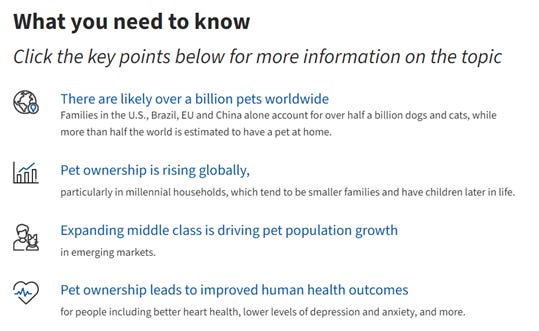
Without question, animal/pet health is an attractive industry to invest in.
Grey Wolf Animal Health is a tiny player focused on the Canadian market with a growing portfolio of niche products and services. They operate in two segments.
The first segment is called “Animal Health” (read non-prescription) which includes products like therapeutic foods and surgery post-op garments. As of Sept 2023, this segment was growing revenues at ~9-10%.
The second is referred to as “Pharmacy” (read prescription) that supplies custom dose anesthetics and other medications to vets. As of Sept 2023, the pharmacy segment was growing sales at 15%.
On a consolidated basis, the business grew sales at ~12.5% and has an Adjusted EBITDA margin of ~15%, with each segment kicking in roughly the same amount of EBITDA, implying the Pharmacy segment is slightly lower margin than the Animal Health segment, though this could change.

WOLF considers itself to have built a valuable commercial platform for animal health products and services (both prescription and non-prescription) in Canada. They have facilities, relationships with clinics, and an in-house marketing team, making them a potentially attractive partner for the in-licensing of products and services from other geographies. With 9 new portfolio launches in the last 5 years, this does appear to be the case:
Whereas some companies in the space are too large for niche products to matter to the bottom line and must take on crowded but large verticals like fleas, ticks, and vaccines, WOLF avoids those markets for less crowded, more specialized products. In this case, it is an advantage to be small.
Management also considers their sales and marketing strategy to be a further differentiator in the Canadian market. The CEO described some other companies as having a “catalogue” or “wholesale” approach, where they drop off a book of products at the clinic and expect the vets to order.
Grey Wolf takes the more (infamous?) pharmaceutical approach of using “key opinionators” to tout products, having sales reps visit and build relationships with clinics and vets, and marketing campaigns with ads like the following to sell their post-op doggie t-shirts:
This is one example, and it seemed to work though I haven’t verified it with third parties. There are more in the full slide deck. The pharma method of sales is well-established though, and I have no doubt it is effective if done correctly (and ethically).
Grey Wolf’s management estimates the Canadian market size for their products and services at ~$1.5B with 3,400 vet clinics. They are not currently in all clinics in Canada and have revenues of around $25M, so there is plenty of runway in which to grow.
In sum, here is why management considers their business attractive:
Secular trends
Resilient industry
Built-out commercial platform for potential partners
Differentiated/niche products and services
Effective sales and marketing approach
Room to continue growing in Canada
The People
Grey Wolf’s founder, Ian Sandler, a vet by profession, is on the board of directors and owns 10% of the company worth ~$3M. He still practices a few days a month and is said to give his on-the-ground perspective to management. Overall, it appears that he is more of a passive, occasional advisor, delegate-to-management type founder.
The largest shareholder is a firm called “Bloom-Burton,” which, according to their website, specializes in capital markets and M&A services for healthcare/science companies. They acquired their 12% stake in the RTO that took WOLF public. Brian Bloom and Jolyon Burton have run their firm since the 2008 and appear experienced.
One of the principals of Bloom-Burton, Shawn Aspden, a well-educated market veteran and still fairly young (for the finance world), is the Chair of the Board and personally owns 3% of the company, worth ~$1M. He was buying in the open market as recently as December 2023.
Another board member, Jill Angevine, who also has extensive market experience and sits on the board at the extremely well-run Tourmaline Oil Corp, was also adding to her shares in December, for a total of 0.32% of shares outstanding worth ~$100K.
Overall, it seems like Bloom-Burton are the people in charge, with advice from the founder. Personally, I don’t mind this at all as the firm appears experienced, surprisingly blue-chip, and competent (example to come). A micro-cap with corporate experts is fairly rare.
Significantly however, none of the management team appear to own shares (from what I could find, would love to be corrected). What I did learn about the CEO, Angela Cechetto, was positive though.
Firstly, she and Shawn Aspden, prior to her joining Grey Wolf and him joining Bloom-Burton, worked at the same equity research firm, GMP securities, at the same time. When it came time to bring Grey Wolf public, she appears to have maintained his contact, implying there is more than just an employer-employee relationship between management and the board. The more personal, the more accountable.
She also has relevant experience. Over the course of 7 years, she worked her way up to become Director of Business Development at Paladin Labs. This is significant because Paladin Labs’ business model is almost identical to Grey Wolf’s, except for human health instead of animal health. Here’s how they describe themselves:
Sound familiar? It seems like CEO Angela Cechetto is applying Paladin’s playbook to Grey Wolf. Investors should like this because one, it means she’s done this before, and two, it worked really well.
Paladin Labs was taken out in 2013 for $1.6B, or $77/share. In 2002, it traded for ~$10/share, implying anyone who invested then got an 8-bagger over 10 years, or a CAGR of 23%. In an interview with Paul Andreola from Smallcap Discoveries, she mentioned that the animal health market is about 10 years behind the human health market. There is some catching up to do, and she seems to be as strong a candidate to be able to do it.
In sum, the board is surprisingly blue-chip for a micro-cap, the founder is still involved (albeit passively), insider ownership is pretty good, and management are the right people for the job.
Example of Competence
In late 2021 Grey Wolf acquired Trutina, an independent compounding pharmacy focusing on horses. It makes up most of the Pharmacy segment and now contributes half their EBITDA. Essentially, this acquisition of Trutina doubled the size of their business.
I looked at the details of the deal to get a sense for the competence of management and the board. I was pleasantly surprised and certainly impressed. Here’s a breakdown:
Bloom-Burton appears to indeed be capital market experts, to say the least. They procured a 10-year loan at 4% (amazing for any company let alone a micro-cap), issued shares at a price well above what they trade at now (a rare case of good dilution), and paid 10x EBITDA for a business growing EBITDA at 15%. If you put that into a modified EBITDA-based “PEG” ratio, you get what looks like decent value.
For a company that significantly expanded and complemented their product/services and doubled the size of their business, they paid a great price and financed it very efficiently.
If this deal is indicative of their business acumen, I’m in.
Valuation and Potential Return
The beauty of microcaps is the illiquidity. Big money can’t buy these so very few people are looking at them, leading to less efficient pricing and increased opportunities for small-scale investors like me. WOLF.V is a good case in point:
I don’t find these assumptions overly aggressive, and they still suggest the possibility of outsized returns, maybe a double in three years.
Larger established companies in the animal/pet health space trade at much higher multiples, illustrating the premium investors put on quality companies in this sector. Here are some large cap valuations for reference:
The point here is not that Grey Wolf will become Zoetis, but that with a longer timeframe than 2-3 years and multiple expansion, investors might be looking at a return much larger than 2x.
In sum, I don’t see too much downside at current prices (~$0.90 per share), a reasonable probability of a decent return, and the possibility of a Paladin Labs-esque multi-bagger. This is especially because as the company grows larger, bigger pools of capital will be able to buy the stock.
WOLF.V’s valuation and return potential is attractive, especially given the apparent quality of the business.
Conclusion:
I’ll be monitoring management’s execution, but I like the way this one is set up.
I have it as 1% position in my portfolio.
Be careful if you choose to buy as well because even my relatively small purchase moved the share price 1.5%!
If you have any feedback or comments feel free to leave a message at the bottom.





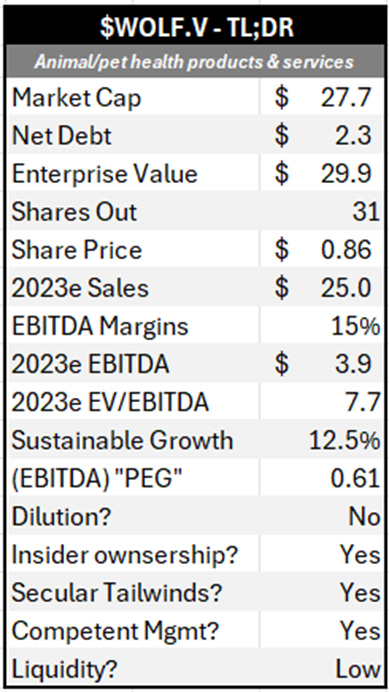
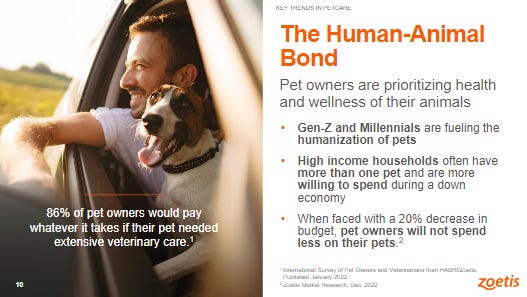
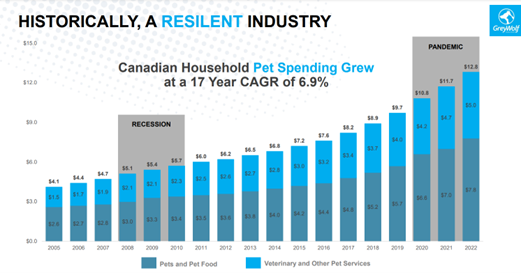
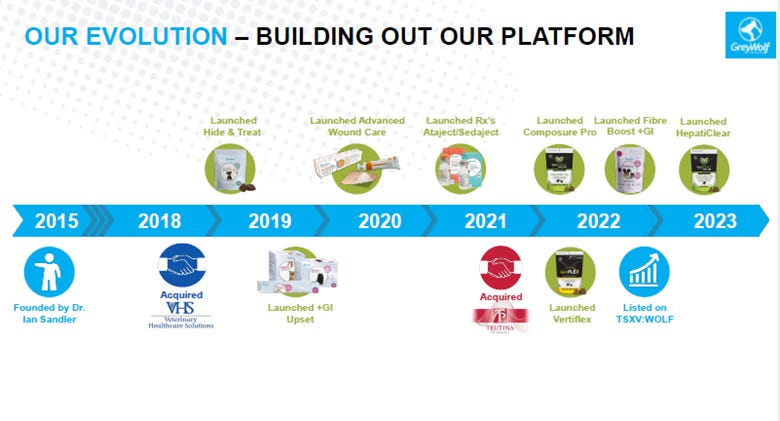
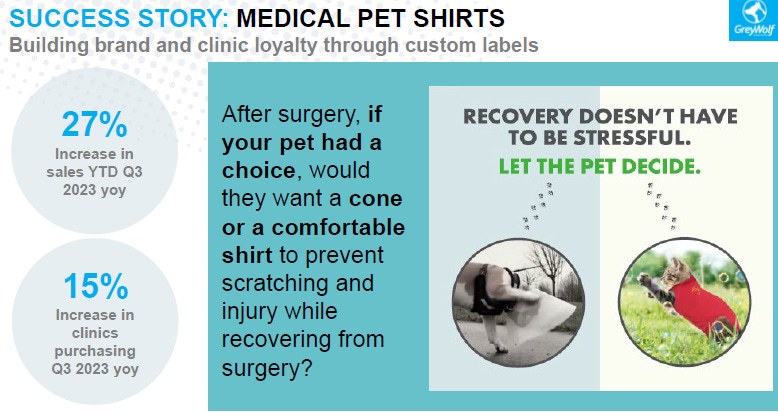
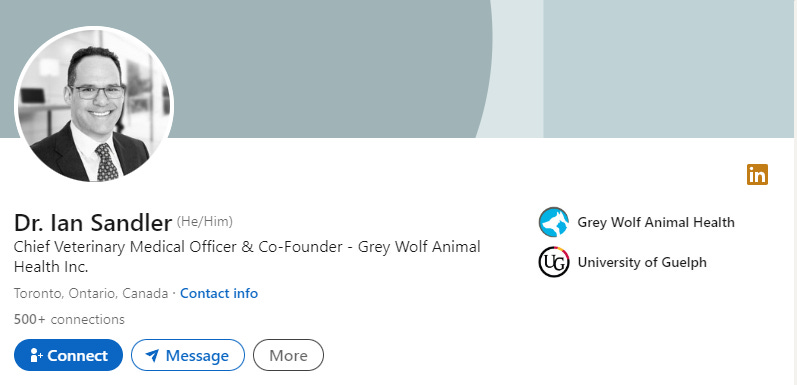
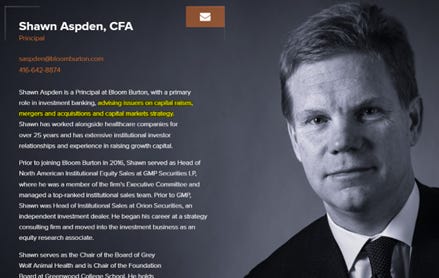
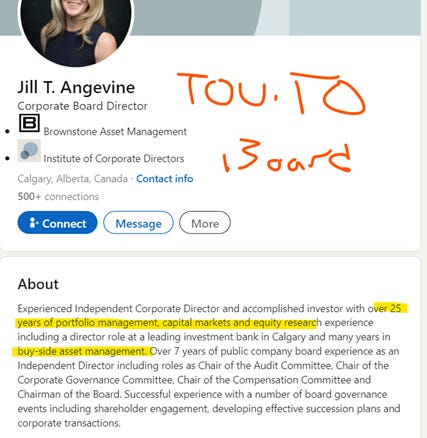
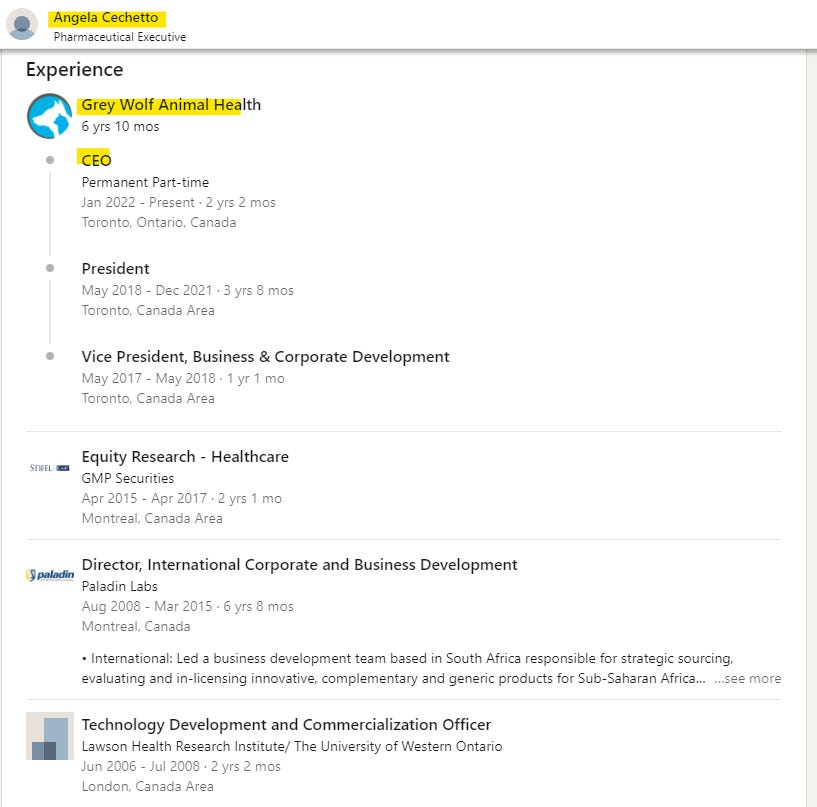
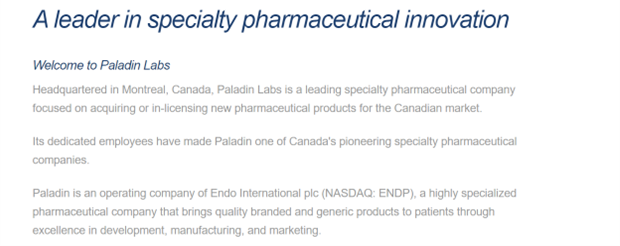
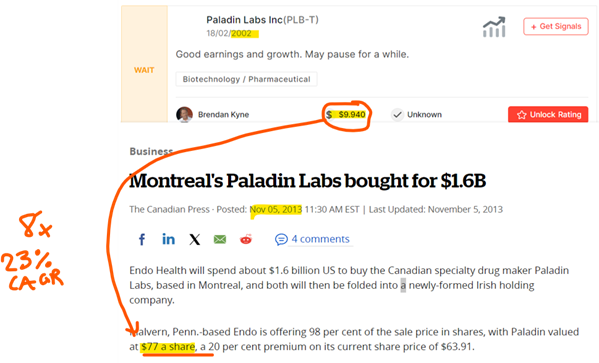
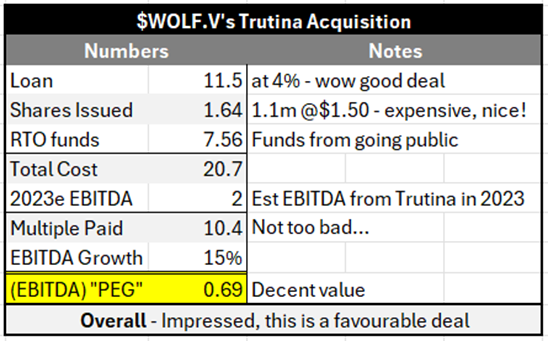


Nice write-up. I have been following this one as well and think there is potential.